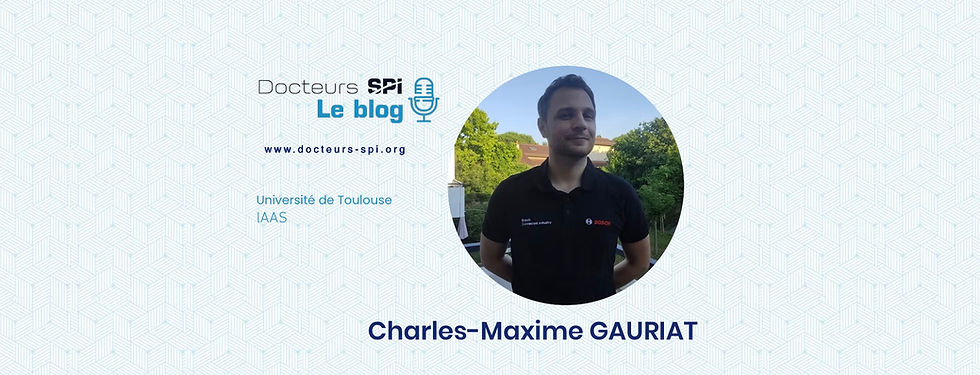The transition from the field of aeronautics to the gas industry through the PhD CIFRE
- Manasa PERIYAPATTANA

- 15 juin 2024
- 3 min de lecture
Dernière mise à jour : 29 sept. 2024
Prix de thèse Impact Innovation 2022 de la Fondation CentraleSupélec
Merci beaucoup d'avoir accepté l'interview.
Can you describe your student journey until the start of the PhD?
Before beginning my master’s studies in France, I spent 5 years working for Safran Engineering Services in India and at the same time studying mechanical engineering. My passion for pursuing a master's in advanced fluid mechanics led me to discover a joint master's program in turbulence at Centrale Lille and ENSIP/ENSMA Poitiers. Choosing this master's program was one of the best career decisions I have made, as it not only helped bridge the gaps in my technical skill set but also reinforced my determination to pursue a PhD.
Can you briefly describe your PhD thesis work?
The structured packings used by Air Liquide in the cryogenic distillation of air are made up of corrugated, perforated aluminum sheets over which the liquid phase flows as a film. I studied how perforations in the packing elements can contribute to a better redistribution of the liquid phase. We considered a simple but representative configuration in which a flat, perforated aluminum sheet is supplied with liquid in a controlled manner on one or both sides. Several techniques, such as high-speed video, film thickness measurement by chromatic confocal imaging, and particle image velocimetry were implemented to characterize the liquid film around and within the perforations.
Doing a PhD is not an easy undertaking. What is your impression of your time as PhD student?
Being a PhD student was a challenging yet fulfilling experience. I spent a significant amount of time designing, developing, and validating the experimental test bench to be able to perform experiments. This did not come easy and the timing was never how we planned initially. However, I loved this part of the PhD because it involved being creative to design prototypes for the test bench. It demanded a high level of commitment, persistence, and hard work. Today when I visit the lab, I see them using what I developed during my PhD and its incredibly rewarding. Overall, my time as a PhD student was a transformative and enriching experience that significantly influenced my personal and professional growth. The academic environment at the lab Laboratoire de Génie des Procédes et Matériaux (LGPM) was stimulating, and I had the opportunity to work with brilliant and supportive professors and researchers.
Our work has been published in three articles in the leading international journals in process engineering (2 in AIChE journal and 1 in Elsevier). I have also had an opportunity to present my work in two international conferences (ECCE 2019 & D&A 2022) and one national conference (SFGP 2019).
How is it to do a PhD abroad?
I would say that my experience was very positive. However, it involved adapting to the French system, learning a new language, and getting used to completely different mindset of the people. I was also away from my family. Despite these challenges, I must say that I learnt many things. I feel very special and grateful to have had all these opportunities during my career journey in France. I am grateful to all those people who accepted, supported, and appreciated me along the way.
What advice would you give to a student wishing to embark on a thesis?
Choose a subject that genuinely ignites your passion, and the rest will naturally fall into place. Setting realistic goals and deadlines is crucial, particularly when writing an article or manuscript. Effective communication with your supervisor and asking clear, concise questions is essential. While I initially struggled with organization, maintaining order has proven indispensable. This approach facilitates easy retrieval of pertinent articles for citation in your manuscripts or articles. Above all, remember to take regular breaks to renew your focus and engage in sportive activity to maintain balance at work.






Commentaires